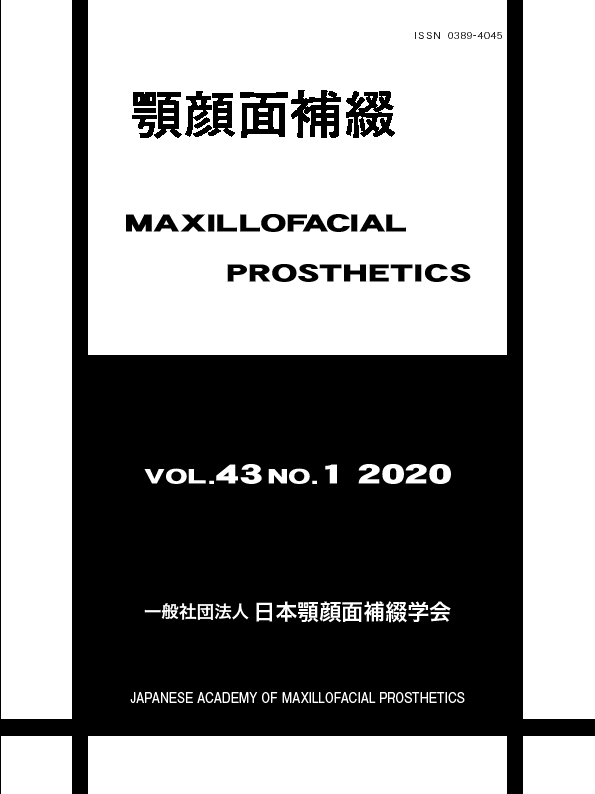Volume 43, Issue 1
Displaying 1-7 of 7 articles from this issue
- |<
- <
- 1
- >
- >|
-
2020Volume 43Issue 1 Pages 1-3
Published: 2020
Released on J-STAGE: December 01, 2020
Download PDF (392K) -
2020Volume 43Issue 1 Pages 4-8
Published: 2020
Released on J-STAGE: December 01, 2020
Download PDF (736K) -
2020Volume 43Issue 1 Pages 9-13
Published: 2020
Released on J-STAGE: December 01, 2020
Download PDF (825K) -
2020Volume 43Issue 1 Pages 14-18
Published: 2020
Released on J-STAGE: December 01, 2020
Download PDF (424K) -
2020Volume 43Issue 1 Pages 19-25
Published: 2020
Released on J-STAGE: December 01, 2020
Download PDF (697K)
-
2020Volume 43Issue 1 Pages 26-35
Published: 2020
Released on J-STAGE: December 01, 2020
Download PDF (2899K)
-
2020Volume 43Issue 1 Pages 36-41
Published: 2020
Released on J-STAGE: December 01, 2020
Download PDF (813K)
- |<
- <
- 1
- >
- >|
